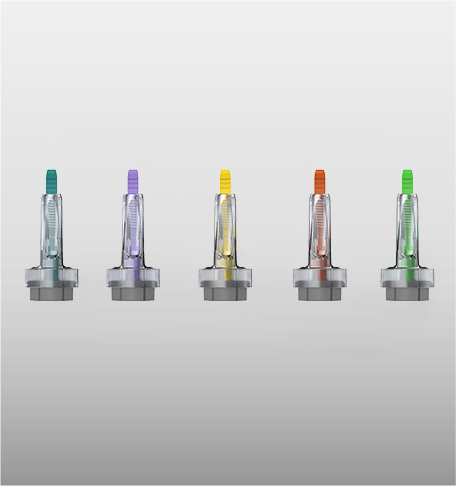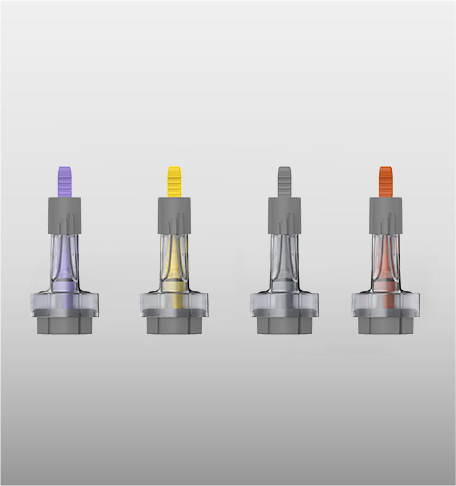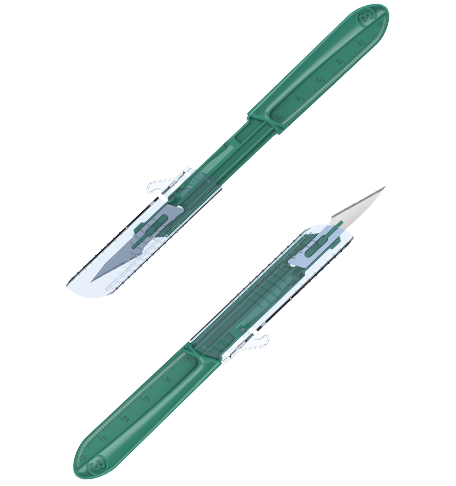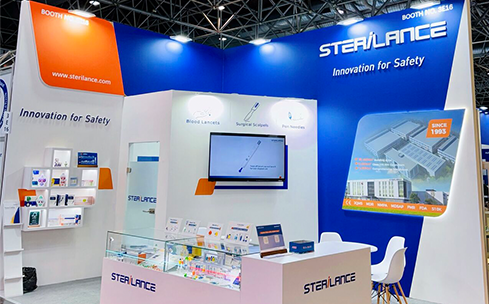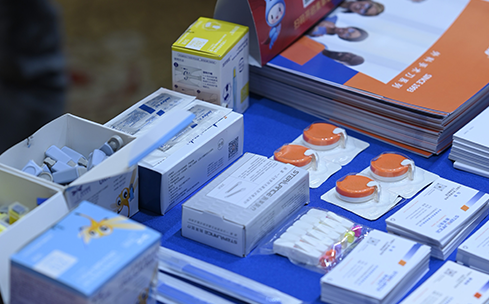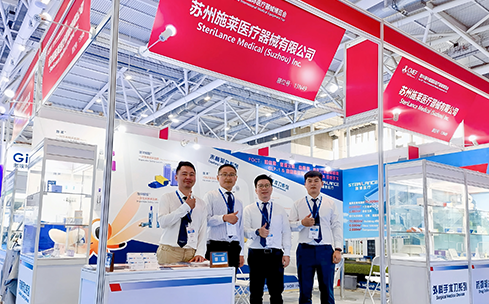Due to the special characteristics of the children's population, peripheral blood is the most frequently used test and plays a very important role in rapid pediatric diagnosis. We utilize advanced blood collection techniques and instruments, improve the quality of peripheral blood specimen collection and testing through standard operating procedures, and build a harmonious blood collection room without the sound of crying babies.
Newborn disease screening is one of the tertiary preventive measures to improve the quality of birth population and reduce birth defects. Blood film collection is the most important link in the technical process of newborn genetic metabolic disease screening. The quality of blood film directly affects the laboratory test results.
The skin prick test, also known as the pinprick test or scratch test, is capable of detecting allergic reactions caused by up to 50 different substances at the same time, and is commonly used to determine whether a subject is allergic to pollen, mold, pet dander, dust mites, and food.
Learn more
Newborn disease screening is one of the tertiary preventive measures to improve the quality of birth population and reduce birth defects. Blood film collection is the most important link in the technical process of newborn genetic metabolic disease screening. The quality of blood film directly affects the laboratory test results.
The skin prick test, also known as the pinprick test or scratch test, is capable of detecting allergic reactions caused by up to 50 different substances at the same time, and is commonly used to determine whether a subject is allergic to pollen, mold, pet dander, dust mites, and food.

 EN
EN 










